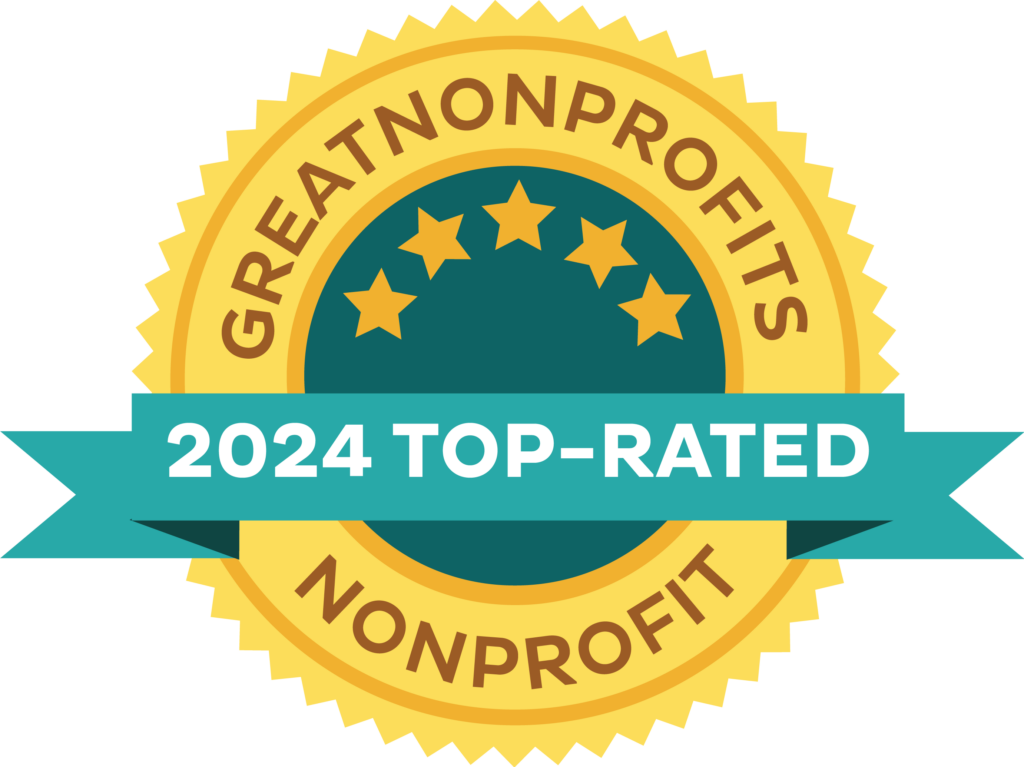Managing Credit Cards and Credit Card Debt
When you open your wallet, what do you see? If you’re like many Americans, there will be a sea of handy-dandy credit cards. Instant Buying Power! Right? But with power comes responsibility. Otherwise, credit card debt becomes a stressful and painful burden. Nothing wrong with a credit card; it’s how we amass them and use them that’s the problem.
The average amount of credit card debt per person varies depending on age, race, income and location. According to Money Geek (moneygeek.com), the average cardholder has over $5,600 of credit card debt as of 2021. This is debt that is carried month to month and often year to year. This a problem because of the carrying interest charges that can be as high as 24% on the unpaid balance. What does this mean?
I believe everyone who has a credit card knows they will be hit with an interest charge if the balance is not paid off within 30 days. But what is the true cost to you by carrying a balance?
The average credit card interest rate is 18.26% for new offers and 14.54% for existing accounts, according to WalletHub (wallethub.com). Store cards carry a higher interest rate than secure cards, 24% vs 18%, respectively, so it’s always better to use your VISA than your branded card for Macy’s, Target, or another retailer. This is especially true if you VISA earns you travel miles!
A 24% APR on a credit card is another way of saying that the interest you’re charged over 12 months is equal to roughly 24% of your balance. For example, if the APR is 24% and you carry a $1,000 balance for a year, you would owe around $240 in interest by the end of that year.
If you carry the average balance of $5,600, let’s say, at the average interest rate of 18%, you will owe an extra $1,008 that year. Is it any wonder why it’s important to pay off your credit card balance immediately?
Typically, you can find your credit card APR near the end of your monthly statement. There will be a section of the statement marked “Interest Charge Calculation” or a similarly worded section. The statement section also shows you how much of your balance will be used to calculate your monthly interest charge. What’s yours? How much are you paying each year for the privilege of instant buying power?
So, you buy $100 pair of shoes, and you’re excited because you got them at a 20% discount! “Cash or charge?” the lady asks at the register at check-out. You proudly hand her your Nordstrom card, she rings you up, and off you go. If you don’t pay that charge off immediately, at 24% APR, those new shoes cost you about $2 additional each month. By year-end, you’ve mitigated the entire discount. And the more you purchase, and the higher balance you carry, the more those goods and services cost you.
If you have a stack of credit cards, greater than ¼” high, you probably have more credit cards than you need. “Oh, but it builds my credit!” you say. I would respond, “To a point.” After a couple of cards, it starts to work against you. Too many “open lines of credit” will negatively impact your credit score, even if you pay off the one or two credit cards you do use regularly. And what a hassle should you ever lose your wallet or purse. You only need one credit card and it’s safer to carry just one credit card.





